LaTeX templates and examples — Physics
Recent
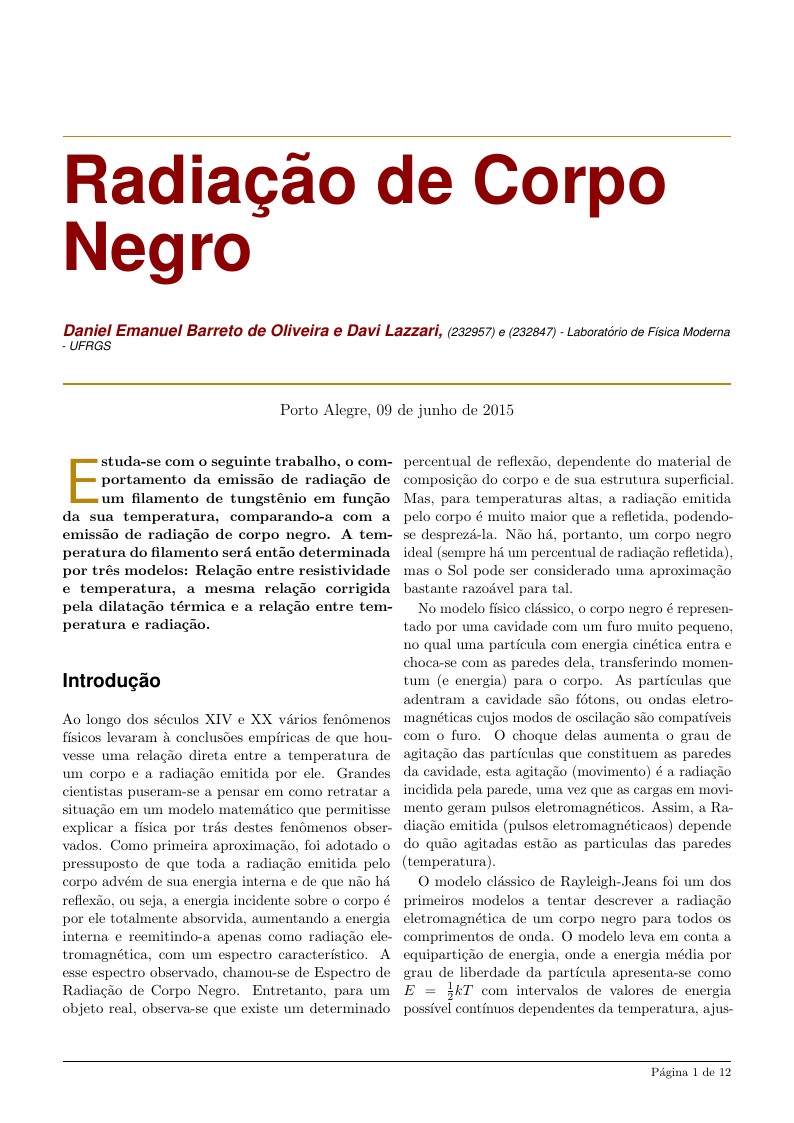
Trabalho experimental de determinação da Constante de Planck e do comportamento de Corpo Negro para um filamento de Tungstênio a partir da determinação de temperatura por resistência e por radiação eletromagnética.
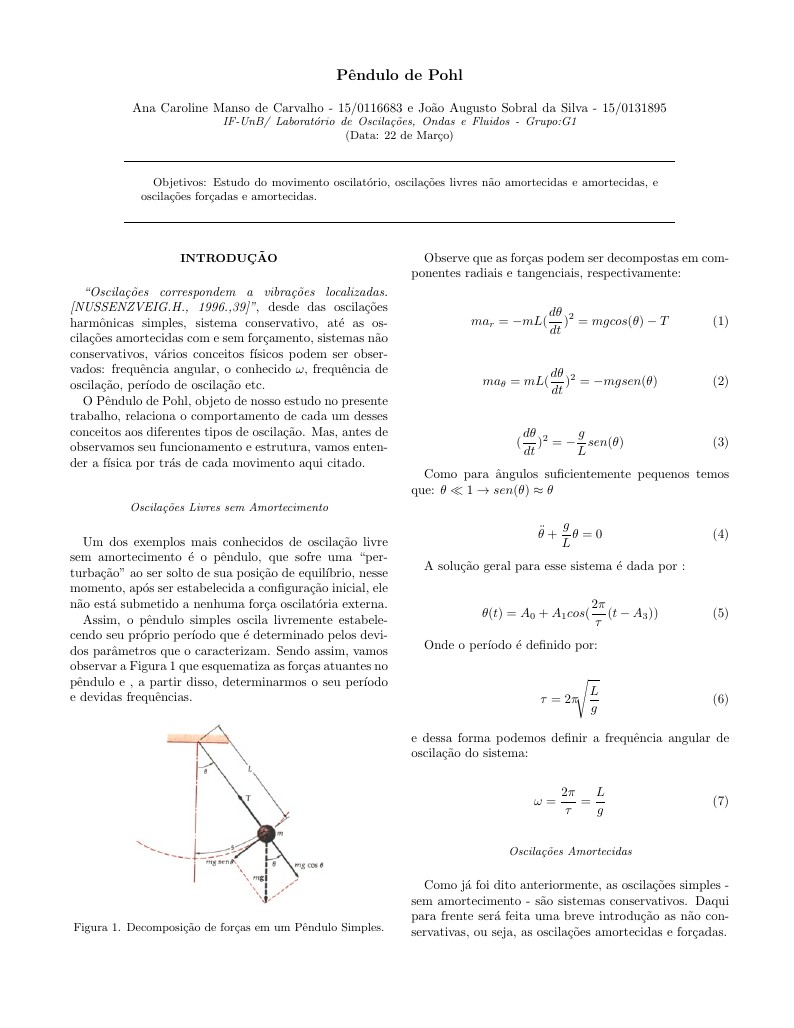
Objetivos: Estudo do movimento oscilatório, oscilações livres não amortecidas e amortecidas, e oscilações forçadas e amortecidas.

This is an example of using geophysics.cls for writing Geophysics papers, with endfloat and subfigure.
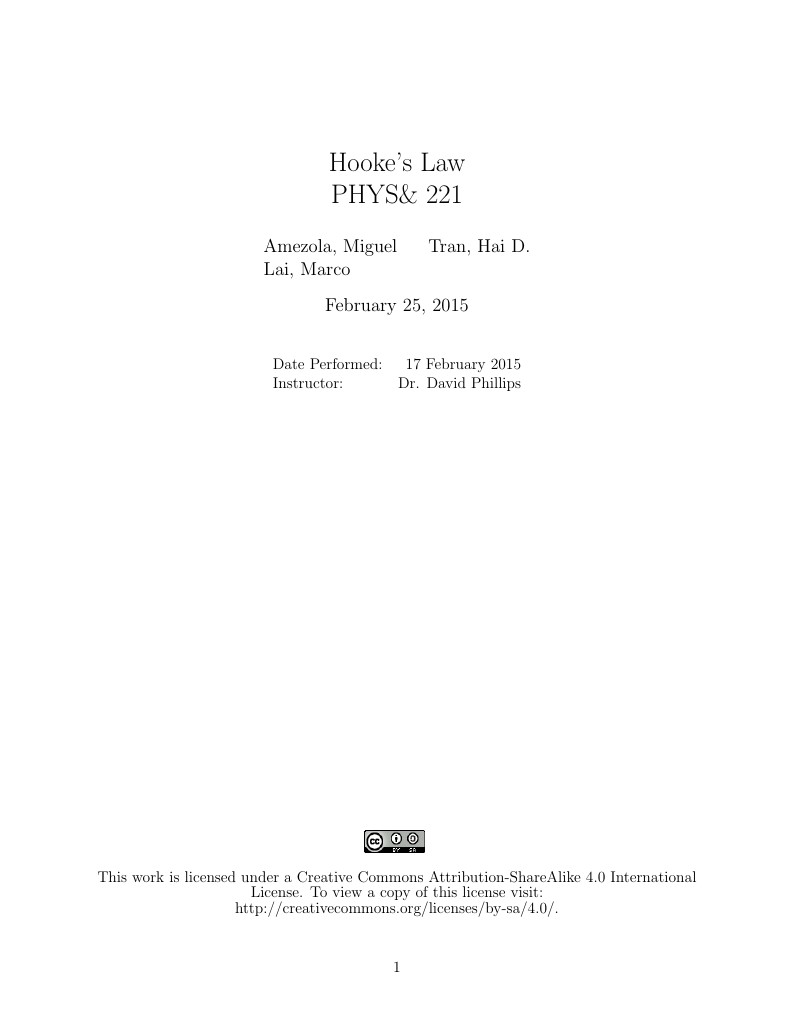
The purpose of this lab is to determine the spring constant of a given spring. This spring constant is given by the relation between the force exerted on the spring and the distance the spring is either stretched or compressed. This relationship is given through Hooke’s law which we are going to get a better understanding of throughout this lab.
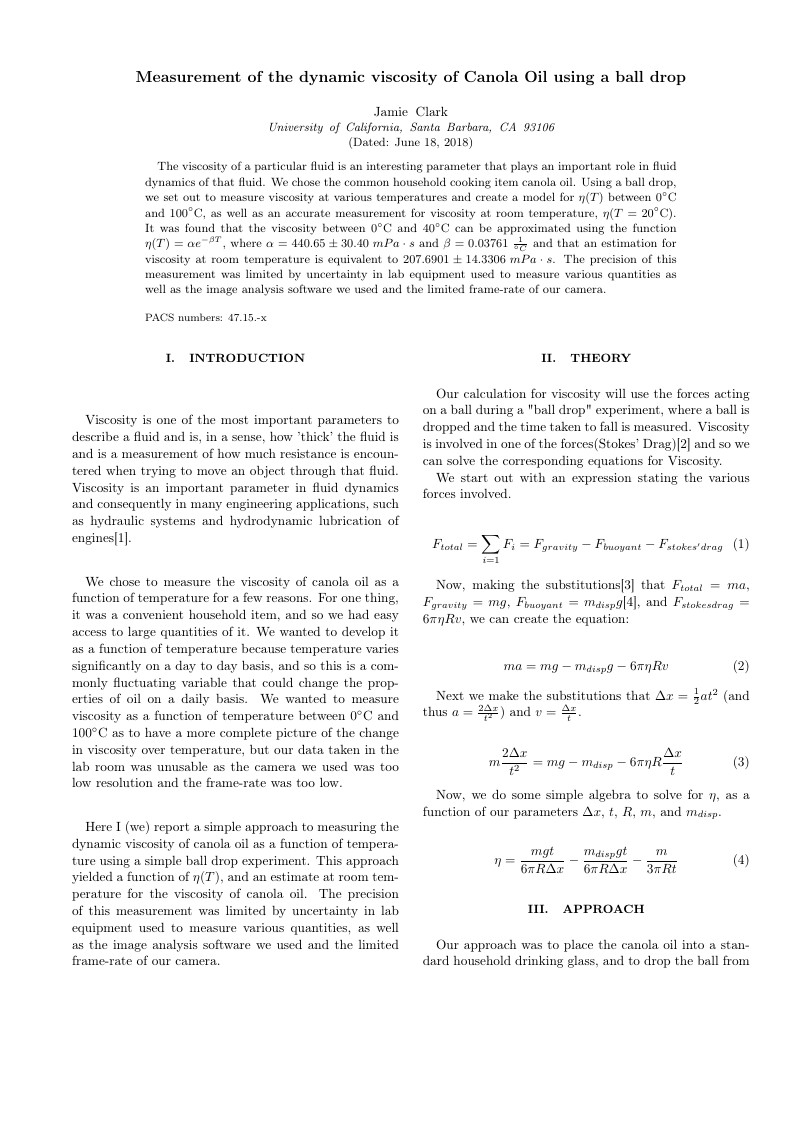
The viscosity of a particular fluid is an interesting parameter that plays an important role in fluid dynamics of that fluid. We chose the common household cooking item canola oil. Using a ball drop, we set out to measure viscosity at various temperatures and create a model for the viscosity of canola oil as a function of temperature, as well as an accurate measurement for viscosity at room temperature. It was found that the viscosity between 0 and 40 degrees Celsius can be approximated using an exponential function and that an estimation for viscosity at room temperature was not very difficult to obtain. The precision of this measurement was limited by uncertainty in lab equipment used to measure various quantities as well as the image analysis software we used and the limited frame-rate of our camera.
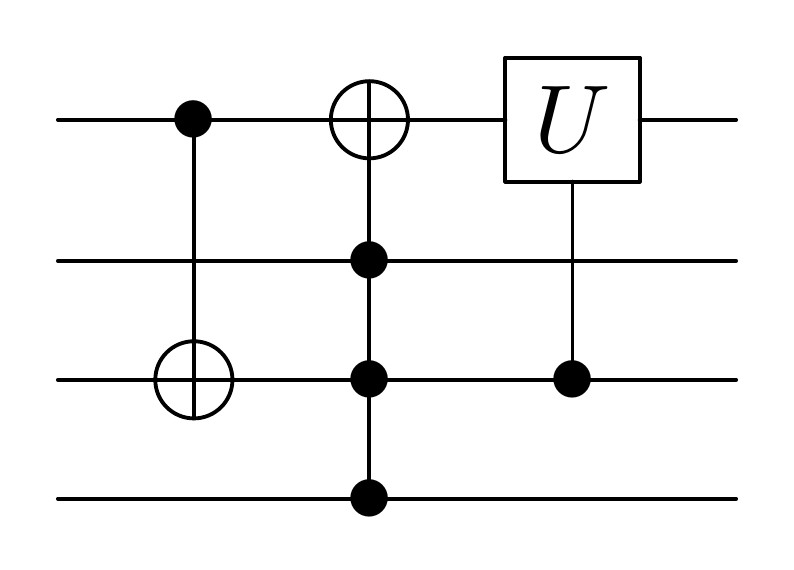
An example from qtutorial.pdf, included in the qcircuit documentation. Note: Doesn't work with XeLaTeX.

In this experiment we studied pendulum motion in a non-uniformly accelerating reference frame. Special notes: Prof Goldman specifically requested to not have "100" sig figs, put font on figure axes in readable size, and don't put grids on plots!
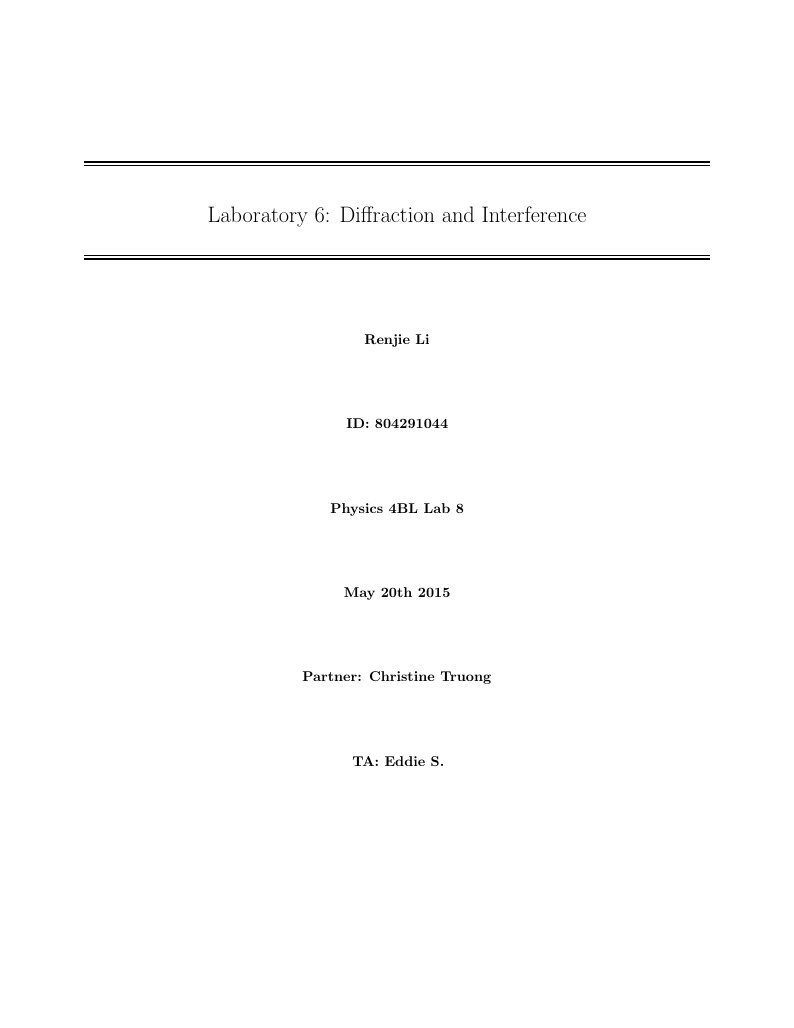
College Physics Lab Report

Nuclear Science and Techniques (NST) is an international, peer-reviewed scientific journal sponsored by Shanghai Institute of Applied Physics, Chinese Academy of Sciences and the Chinese Nuclear Society. It was established in 1990 as a quarterly journal and had been changed to a monthly frequency in 2017. The journal is devoted to applied nuclear physics; fundamental study of nuclear energy; application of nuclear techniques in various fields; radiochemistry and radiation chemistry; nuclear instruments and methods. The publication of the journal is aimed at enhancing academic exchange between Chinese and foreign scientists, and at promoting development of nuclear science and techniques and their applications. NST has been indexed by SCI-E, CA in US, SA in UK and РЖ in Russia. The editor-in-chief is Prof. Yu-Gang Ma.
\begin
Discover why over 20 million people worldwide trust Overleaf with their work.